Rare Rides: 1968 Toyota Corona Coupe - an End of Luxury

Today’s Rare Ride hails from the first two decades of Toyota’s North American tenure. The Corona line was midsize, luxurious, and the pinnacle of the company’s offerings on this continent.
Come along and experience Corona.
The Corona was an all-new car for Toyota in 1957. It was created as successor to the Toyopet Master, which was a taxi and fleet vehicle sold alongside the similar Crown sedan. Once Toyota saw the market for the more luxurious Crown, it cancelled the Toyopet Master and replaced it with the less expensive Corona to create some distance from its flagship. The Corona then took the mantle as a smaller and less luxurious sedan.
A short first generation from 1957 to 1960 (T10), was succeeded by a second generation that existed from 1960 to 1964 (T20/30). Today’s Corona is part of the third generation, which spanned the long seven years from 1964 through 1970. Introduced just prior to the start of the ’64 Summer Olympics in Tokyo, Toyota’s new model trailed the introduction of a new Nissan Bluebird (its main competition) by a full year. So the new car could be a bit larger and more expensive than prior versions, Toyota introduced a new car to serve the lower end of the market starting in 1966: the Corolla.
The Corona was available in a shocking six body styles. Customers chose from two-doors in pickup and hardtop variation, a three-door van, four-door sedan, and a five-door wagon and hatchback. All were front-engine and rear-drive, utilizing inline-four engines of 1.2- to 1.9-liters of displacement. Transmissions had two, three, or four speeds, with the two-speed as the automatic offering. Keen to show the longevity of its new mainstream car, Toyota tested the Corona on a Japanese expressway for 100,000 miles. Able to sustain very high speeds of 87 miles per hour, it reached 60 in just over 15 seconds.
In 1968 a new larger Corona debuted, the Mark II. An increase in size and equipment brought the model upmarket, and the new car even shared some features with the pinnacle Crown. The Mark II in this guise was built through 1972, and was the next-largest vehicle to Crown. It was still sold at Toyopet Stores, however, which meant it wasn’t as illustrious as vehicles sold at Toyota Store locations. The introduction of the Mark II signified that the end was near for the Corona as a luxury model.
In 1972 the Corona Mark II received its own platform; it was larger, more powerful, and more luxurious than the Corona which spawned it. For the rest of its life (d. 2001), Corona would be an economy-focused vehicle that occasionally ventured into sporty territory. It passed away after merging with the Corolla-like Carina and Caldina models.
Today’s Rare Ride is beautifully restored in baby blue. With the largest 1.9-liter engine and a four-speed manual, this very rare Toyota did not sell recently when listed for $30,000.
[Images: seller]

Interested in lots of cars and their various historical contexts. Started writing articles for TTAC in late 2016, when my first posts were QOTDs. From there I started a few new series like Rare Rides, Buy/Drive/Burn, Abandoned History, and most recently Rare Rides Icons. Operating from a home base in Cincinnati, Ohio, a relative auto journalist dead zone. Many of my articles are prompted by something I'll see on social media that sparks my interest and causes me to research. Finding articles and information from the early days of the internet and beyond that covers the little details lost to time: trim packages, color and wheel choices, interior fabrics. Beyond those, I'm fascinated by automotive industry experiments, both failures and successes. Lately I've taken an interest in AI, and generating "what if" type images for car models long dead. Reincarnating a modern Toyota Paseo, Lincoln Mark IX, or Isuzu Trooper through a text prompt is fun. Fun to post them on Twitter too, and watch people overreact. To that end, the social media I use most is Twitter, @CoreyLewis86. I also contribute pieces for Forbes Wheels and Forbes Home.
More by Corey Lewis
Latest Car Reviews
Read moreLatest Product Reviews
Read moreRecent Comments
- Probert They already have hybrids, but these won't ever be them as they are built on the modular E-GMP skateboard.
- Justin You guys still looking for that sportbak? I just saw one on the Facebook marketplace in Arizona
- 28-Cars-Later I cannot remember what happens now, but there are whiteblocks in this period which develop a "tick" like sound which indicates they are toast (maybe head gasket?). Ten or so years ago I looked at an '03 or '04 S60 (I forget why) and I brought my Volvo indy along to tell me if it was worth my time - it ticked and that's when I learned this. This XC90 is probably worth about $300 as it sits, not kidding, and it will cost you conservatively $2500 for an engine swap (all the ones I see on car-part.com have north of 130K miles starting at $1,100 and that's not including freight to a shop, shop labor, other internals to do such as timing belt while engine out etc).
- 28-Cars-Later Ford reported it lost $132,000 for each of its 10,000 electric vehicles sold in the first quarter of 2024, according to CNN. The sales were down 20 percent from the first quarter of 2023 and would “drag down earnings for the company overall.”The losses include “hundreds of millions being spent on research and development of the next generation of EVs for Ford. Those investments are years away from paying off.” [if they ever are recouped] Ford is the only major carmaker breaking out EV numbers by themselves. But other marques likely suffer similar losses. https://www.zerohedge.com/political/fords-120000-loss-vehicle-shows-california-ev-goals-are-impossible Given these facts, how did Tesla ever produce anything in volume let alone profit?
- AZFelix Let's forego all of this dilly-dallying with autonomous cars and cut right to the chase and the only real solution.



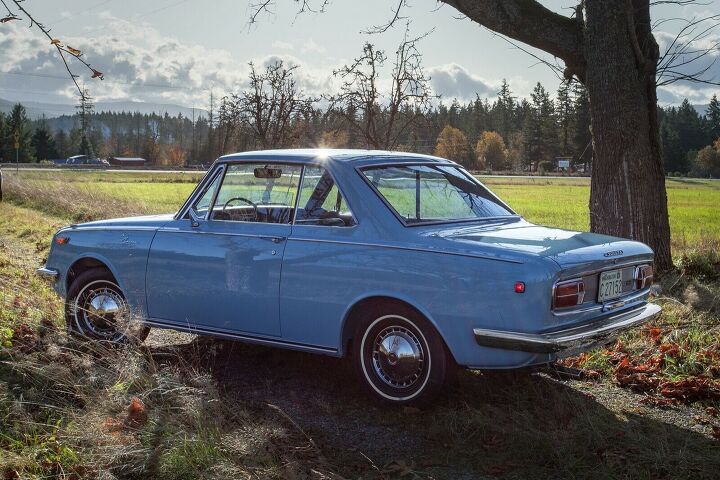


















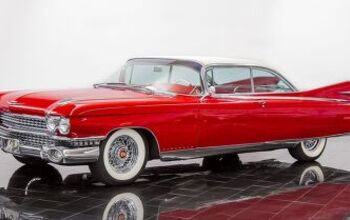
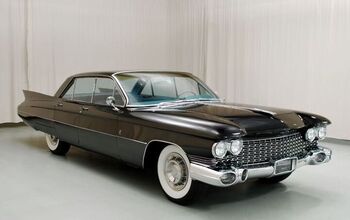
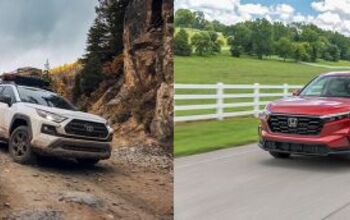
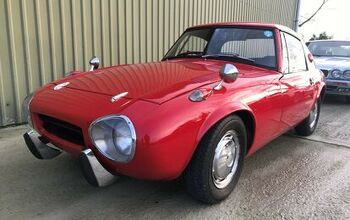
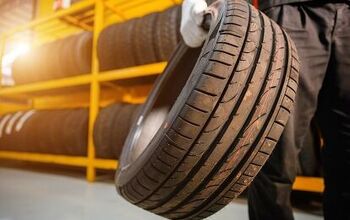
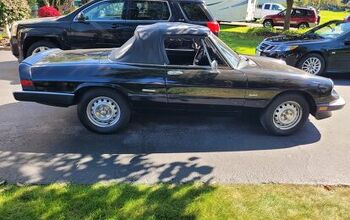
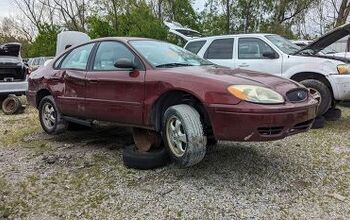
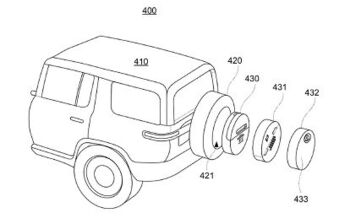
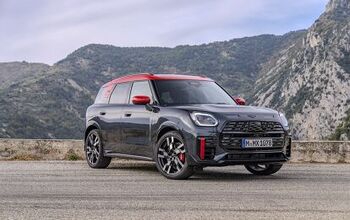

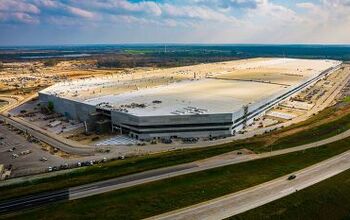
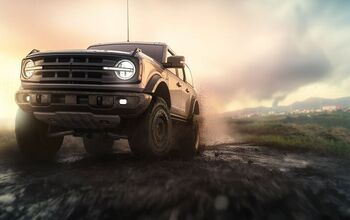

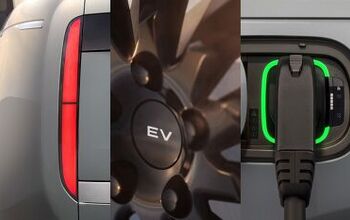
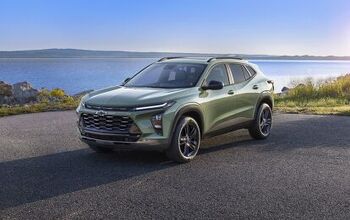

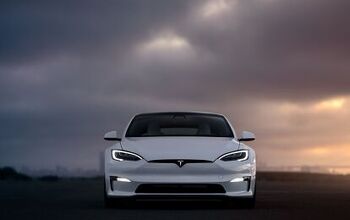
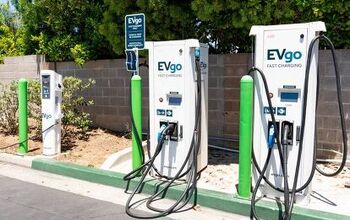
Comments
Join the conversation
I suspect that few under age 50 will know that in the USA, at the time of this Toyota, Japanese products were considered cheap, low quality, and (quickly) expendable. As others have mentioned, these were around in large numbers in the mid 1960s-70s. I recall some thinking that Japanese cars were a flash in the pan. I thought, certainly considering the then success of Honda motorcycles, that if they kept at it they would be a "force to be reckoned with". That's how things turned out, but you probably would not have known that if you only looked at a Subaru 360 Star.
That reminds me of my dad mentioning after a trip to China in the early 90s mentioning how they would be a force to reckon with if they got ther sh** together.